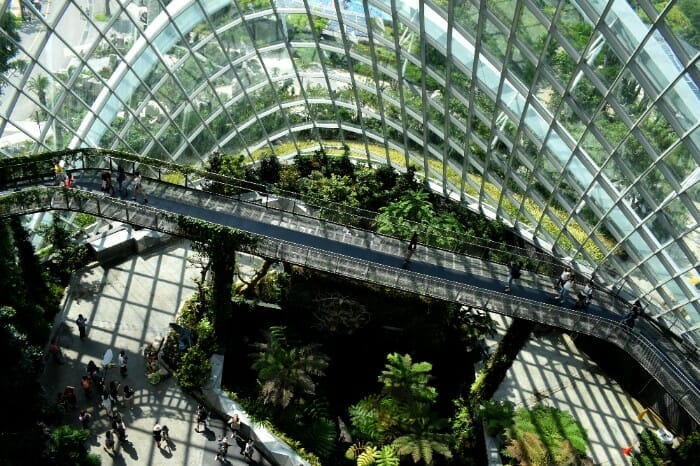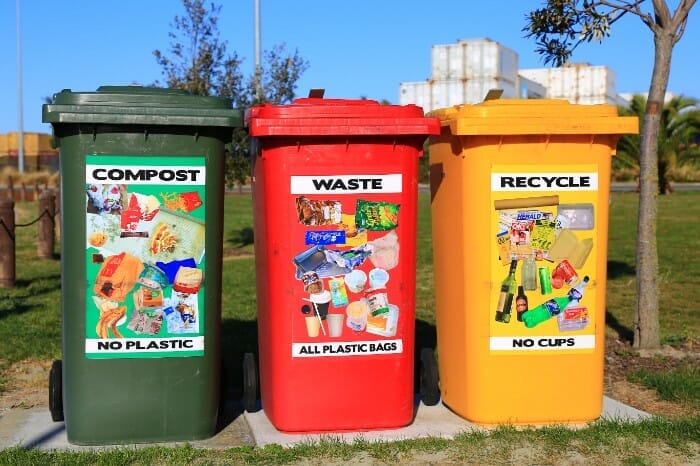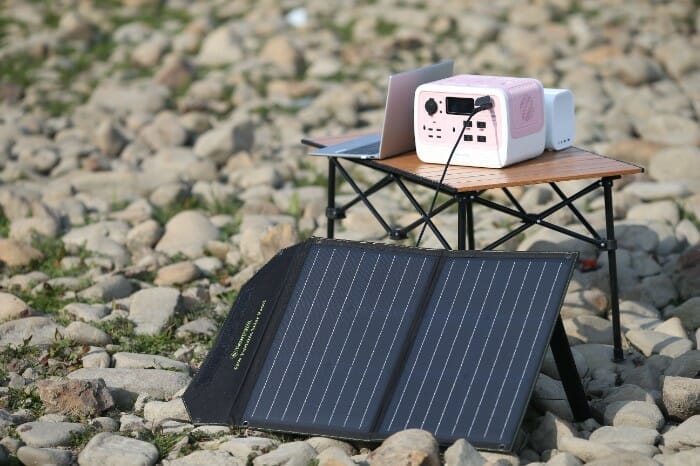How To Create A Sustainable Program
Want to save the planet and save money? Look no further! Learn how to create a sustainable program that will make Mother Earth do a happy dance and your wallet sing.
Creating a sustainable program requires thoughtful planning and careful research. First, identify the goals of your sustainable program and determine how to measure its effectiveness.
Programs must be measurable in order to accurately track progress. Once goals have been established, create a sustainability framework for the program.

This should include initial steps, mid-term strategies, and long-term plans that focus on reducing resource consumption and reaching sustainability benchmarks. Utilize available resources, such as grants or databases, to ensure that programs can gain support from stakeholders and government agencies if needed.
Also read: What Are Green Plastics?
Get Your Hand on Your Eco-Friendly Living Starter Guide!
Setting Goals
Additionally, make sure to establish sustainable standards and clear expectations for all involved in the process so that everyone is held accountable. Making sustainable measures easier to understand will help create buy-in from both external and internal parties while also driving change over time.
Disseminate the program’s message across multiple platforms and audiences to increase visibility, engagement, and support from many sources around the world. With effective planning practices in place, any organization can create a sustainable program successfully and efficiently.
What Are Sustainability Programs?
Well, in simple terms, they are packages of activities that help to ensure the long-term well-being of both people and the environment. What does this entail? Sustainability programs cover areas like education, health, conservation of natural resources, and nature preservation.

This often involves implementing a range of strategies from renewable energy sources to waste reduction efforts and more. What’s more, these sustainability initiatives can also boost resilience within our communities and contribute towards environmental justice solutions.
Relevant: Are Coffee Filters Compostable?
Ultimately, this means that we can ensure sustainable development while also building up economic stability for generations to come.
Examples Of Sustainable Programs
Examples of sustainable programs are plentiful; from small-scale initiatives to large-scale operations, many organizations are finding ways to reduce their environmental footprint and move towards a more sustainable future.
Examples include energy conservation initiatives such as lighting upgrades or solar installation, or water conservation projects such as low-flow faucets or rainwater harvesting. Obviously, reducing resource consumption in the long term is a key consideration for sustainable programs, but there is also an emphasis on creating healthier communities and protecting natural habitats.
Examples here would include tree-planting initiatives that restore forests and help reduce CO2 levels in the atmosphere, or local education initiatives that promote green practices in homes and businesses. Each organization is unique and requires its own tailored approach when setting up sustainable programs; nevertheless, by making sure these programs incorporate innovative technologies, environmentally friendly collaboration strategies, educational outreach efforts, and smart resource utilization methods, sustainability can be achieved much more easily.

Advantages Of A Sustainability Program
Adopting a sustainable program can be hugely beneficial. The key advantage of this type of program is that it allows businesses to save money in the long run.
Similar: Is Glass Biodegradable?
This is because sustainable practices often involve investing in renewable resources and technologies which drives down the costs of energy consumption and production. Additionally, taking part in a sustainable program also has environmental benefits.
It reduces emissions and other pollutants, resulting in improved air and water quality, as well as greater biodiversity overall. Finally, when businesses become more focused on sustainability they send a powerful message to their customers that they are committed to tackling climate change, creating stronger connections between consumers, companies, and society at large.
All in all, investments in sustainable programs can pay off immeasurably both financially and environmentally.
Why Should You Create A Sustainable Program?
Sustainable programs are becoming increasingly important in today’s world, as they provide a framework to help us be more mindful of our impact on the environment. Developing a sustainable program within an organization is beneficial for many reasons, ranging from reducing waste and energy consumption to saving money, restoring natural resources, and promoting ethical practices.
Furthermore, an organization that demonstrates sustainability efforts is often seen as one that puts its customers’ needs first, which can lead to competitive gain and growth. Designing a sustainable program is not only the right thing to do ethically but can mean tangible cost savings over the long term.
It may also have a positive effect on employee motivation through improved morale and rewards for demonstrating sustainable behavior. To conclude, implementing a sustainable program should be seen not as a burden but as a vital part of any successfully run organization in today’s society.
The Importance Of Sustainability Awareness
The importance of sustainability awareness cannot be overstated. In today’s world, we are all connected to the planet through our actions, civic engagement, and decisions we make on a day-to-day basis.

The concept of sustainability is extremely relevant in every aspect of life, as it allows us to better understand the natural cycles and resources available, as well as our roles in making sure they are respected. This includes not just environmental conservation efforts such as energy efficiency or recycling, but also education on topics like food production and water availability.
The goal is to create a balance between human activities and conserving natural resources – something only possible through collective action and awareness. Therefore, simply being informed on matters of sustainability can open up countless opportunities for individuals and society alike to make conscious changes that benefit the environment.
Also check: Are Orbeez Biodegradable?
The result is cleaner air, water, soil, and ecosystems; improved quality of life for communities; plus sound financial return through saving on operational costs or personal investments in eco-friendly businesses. Sustainability awareness is an initiative whose value will only continue expanding especially with younger generations naturally embracing concerns about this delicate matter.
Business Community’s Role In Environmental Sustainability
Businesses play an integral role in advancing environmental initiatives. Business leaders must be mindful of their operational and procurement processes to ensure all activities are helping to preserve the environment, including evaluating emissions and waste management policies as well as encouraging employees, suppliers, and customers to help lessen their collective impact on the planet.
Businesses also have a unique opportunity to use their philanthropic outreach to support sustainable projects like investing in renewable energies or supporting organizations that focus on conserving natural resources. By working together with the local community, businesses can become part of the solution and demonstrate their commitment to the environmental sustainability agenda.
Creating A Sustainable Program: An Overview
Creating an effective program requires taking into account the impact that your actions have on current and future generations. To do this, you will need to assess your potential environmental, social, and economic impacts.
This involves examining the short and long-term effects of your activities, as well as considering risk management for workers, communities, consumers, and other stakeholders. It’s important to take caution when creating such a dynamic program; ensuring sustainability features like resource utilization efficiency are implemented throughout each stage of the process is essential for long-term success.
Learn more: What Are The Benefits Of Energy-Efficient Windows?
Overall, creating a sustainable program provides a unique opportunity to effectively manage resources in an ethical way for the benefit of all involved parties.






